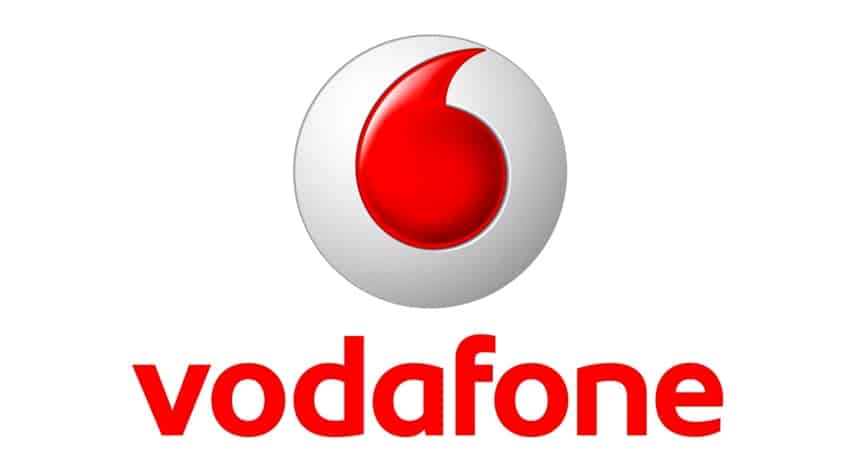Vodafone announced an extension of its work with Intel on optimising advanced algorithms for use in Open Radio Access Networks (RAN) platforms.
These will deliver the highest possible level of performance for customers, while reducing energy consumption. This is another step forward in Vodafone and Intel’s long-term research collaboration centred at Vodafone’s innovation centre in Málaga, Spain. The companies are already working together toward Vodafone’s planned UK commercial deployment of 4th Gen Intel Xeon processors with Intel vRAN Boost in the first half of 2024.
One of the key principles of Open RAN is the disaggregation of the access networks and mobile antennas within open radio (O-RU) domains, which means separating hardware and software to drive greater innovation. The collaboration between Vodafone and Intel, working alongside leading academic institution the Telecommunication Institute of University of Málaga, brings together the expertise, capacity and capability needed to conduct research and innovate in this area to advance existing Open RAN architecture and grow the emerging ecosystem.
The initial areas where the three parties will focus their latest R&D include evolving the Open RAN architecture and using advanced technologies such as Artificial Intelligence (AI) and Machine Learning (ML) to develop ultra-efficient algorithms for 5G massive MIMO (used to multiply capacity in urban areas). The resulting algorithms and other innovations generated by this research are then intended to be integrated into test silicon, produced by Intel, and used to create new benchmarks for the advancement of silicon needed to drive powerful industrial internet applications.
By embedding advanced algorithms and technologies across the entire footprint of its network, including the core, edge, access, and radio, Vodafone can meet future demand and scale up new 5G features such as network slicing, which can give businesses, hospitals, or schools their own fast connection on demand. It will represent a step change in computation without the need for multiple chipsets in radio units. This will give Vodafone the necessary processing power to continually improve speeds and capacity for customers for years to come, while delivering critical services when and where they are needed.
Santiago Tenorio, Vodafone’s Director of Network Architecture
Open RAN has opened the doors to unforeseen benefits through greater disaggregation. Vodafone and its partners are now focussed on realising this potential to reduce costs and improve energy savings while enhancing performance for our customers.
Dan Rodriguez, corporate vice president and general manager, Network and Edge Solutions Group at Intel
Future radio networks rely on innovations that the industry invests in today. Our work with Vodafone and other companies across the industry on next-gen technologies is critical and helps foster a broad, open ecosystem.






















